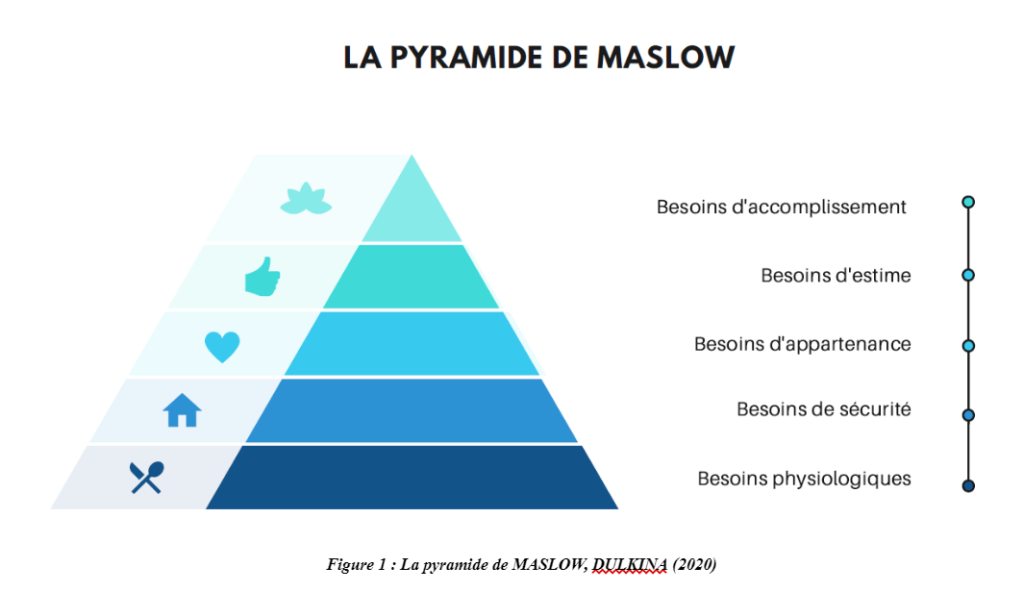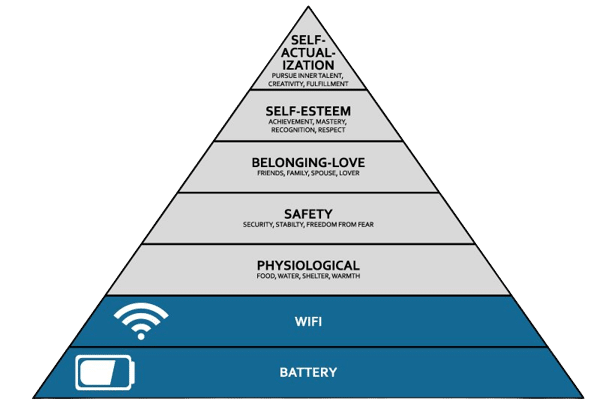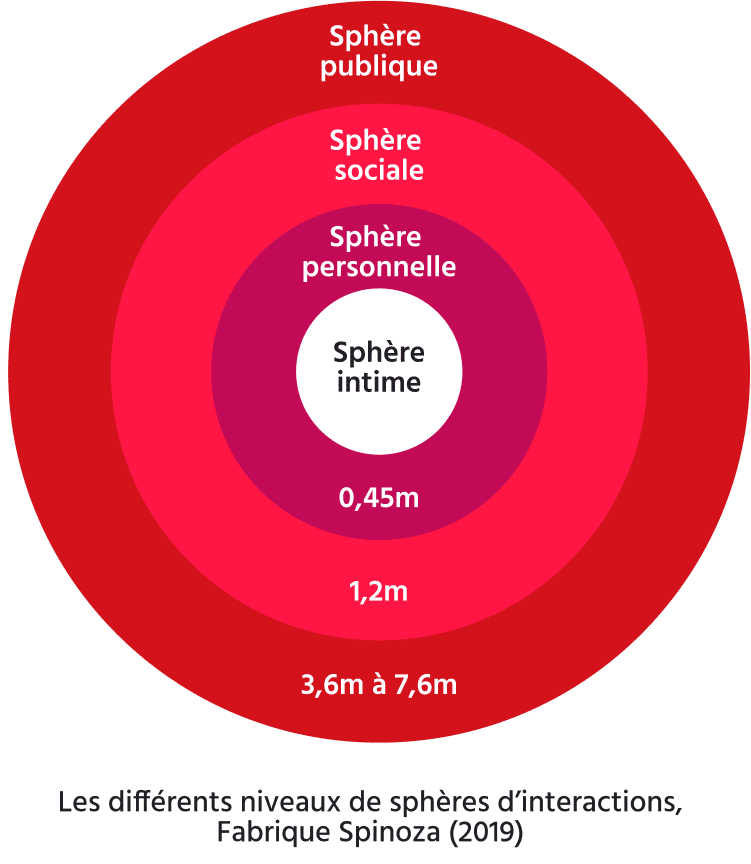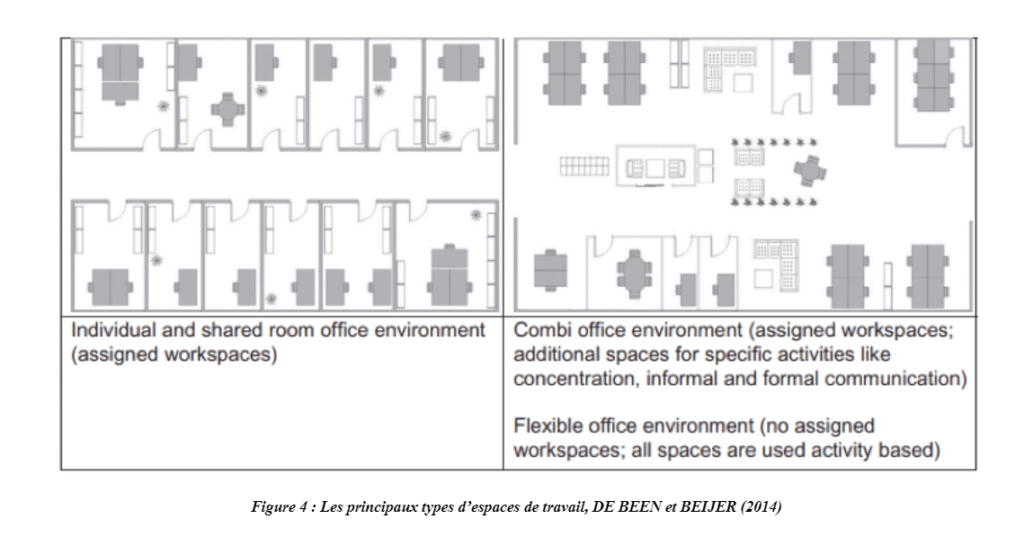In a constantly changing world, companies are constantly seeking to to rethink their workspaces to combine productivity and well-being well-being. Among the various approaches, the Flex Office, initiated by the Covid-19 health crisis, stands out by offering unrivalled flexibility.
In this article, we explore the issues involved in implementing Flex Office, including change management and the importance of an appropriate management tool. We'll provide advice to managers on the role of the hierarchy, office layout and partner support.
Table of Contents
Toggle1/ What is the flex office?
The Flex Office can be defined as a flexible working concept where employees are not assigned to a fixed office. It allows employees to freely choose their workspace according to their needs and tasks. This model emerged in France in the 1990s and is growing in popularity worldwide. According to the Workplace Management Chair ESSEC Business School (2020)only 19% of respondents used to telework before 2020", they will be 73% in the future.
Companies are adopting the Flex Office for a wide variety of reasons, according to a study by Deskeo in 2021.Reducing real estate costs, encouraging collaboration and improving employee well-being. Companies are also looking to bring a new experience to their employees. More modern and more sought-after among young graduates, it's a real added value to be attractive on the market and to stand out from the crowd.
2/ The emergence of the Flex Office
Over the last few decades, we've seen a gradual evolution in workspaces. It all began in the 1970s, with the introduction of the first open-plan offices. However, it was in the 1980s that the Flex Office concept really took shape. IBM, a multinational company specializing in computer hardware, software and services, was one of the pioneers in developing Activity Based Working.
Activity-Based Working encouraged employee flexibility and mobility, with the emergence the concept of cellular offices not allocated specifically to employees but rather according to their activities. Two Harvard professors, Philip STONE and Robert LUCHETTI, also promoted the flexible office in 1985. They highlighted its advantages in terms of collaboration and productivity in an article entitled "Your office is where you are".
3/ Flex Office deployment challenges
To successfully implement the Flex Office, a number of key considerations need to be taken into account. First and foremost, hierarchy plays a crucial role in the transition to this new way of working. Managers need to adopt an open approach and actively support change.
In addition, office layouts must encourage collaboration while providing space for individual concentration. Finally, support from partners specializing in workspace layout and design can ensure a smooth transition and successful adoption of the Flex Office.
Flex Office is no exception to the basic principles of workspaces we're used to. According to Abraham Maslow (1916 - 1972), employees' basic needs must be respected. A humanist psychologist, he said in 1954: "The perfect society is one in which the possibility of self-realization would be offered to all individuals."

The pyramid of needs, known as Maslow's pyramid, harmoniously represents the hierarchy of needs and interprets the theory of motivation. The pyramid's origins lie in observations made by this psychologist in the 1940s.
Maslow's pyramid can be read from top to bottom, with physiological needs as the fundamental base, without which it is impossible to satisfy the higher levels. Each level cannot be reached without satisfying the previous one.
Often parodied according to contemporary needs, it is possible, for example, to find the following representation of this pyramid:

The company, to which the employee devotes part of his or her day, therefore has a role to play in enabling the individual to fulfill his or her needs.
Employee needs :
From the point of view of workspace organization, the company intervenes on the first three levels of the pyramid. To be more precise, this concerns the individual's physiological, security and belonging needs. But how do we satisfy this appetite?
In his book Psychologie des espaces de travail (1989), Gustave-Nicolas FISCHER speaks of "human territories" to describe the desire for security and ownership of one's environment, both personal and professional. This territory, in which the employee evolves, must enable him or her to evolve while retaining personal space and intimacy. The proxemic study by Edward T. Hall (1963) differentiates four levels of spheres. These define interactions between individuals (although the distances between these levels vary slightly from one to the next):
The 4 types of spheres according to Gustave-Nicolas FISCHER :
- Intimate sphere (below 0.45 meters): this sphere is not intended to be crossed in the workplace. It must therefore be ensured for each individual.
- Personal sphere (from 0.45 m to 1.20 m): this sphere can be crossed during informal interactions. It encourages a certain level of commitment.
- Social sphere (from 1.20 meters to 3.60 meters): this sphere is essential for professional interaction. It should be favored to preserve personal space and privacy.
- Public sphere (above 3.60 meters): this sphere represents the level reached during presentations and meetings. It allows for detachment from the individual.

4/ Different types of workspace
Flex Office offers a variety of workspaces to meet the diverse needs of employees. On the one hand traditional offices with individual allocations allow employees to have their own personal space.
For decades, offices have been standardized. Each employee has his or her own desk, in a space that brings together his or her team. This takes the form of individual or shared desks, on which each person can place his or her personal belongings, in order to make the environment their own. It is also common to find open spaces, where all employees are grouped together on a flat surface.
Individual and shared office features :
- Combination of "cell" offices and small rooms with shared offices
- Venue with small enclosed rooms usually occupied by one to about five people
- Accessible from an open or closed corridor
- Identical printer location
- Heating and electricity manageable by room and by employees

Seeking to offer new opportunities to their employees. Some companies have come up with a variation: the combi-office. Offices are still allocated individually, but space is made available to meet the needs of specific activities.
Features of the combi office :
- Opens and half open spaces
- Closable "back-up" rooms are available so that some people can concentrate, make telephone calls or videoconferences.
- Partitioned and non-partitioned meeting rooms for greater informality, coffee and lounge areas.
- Shared printer and locker
- Workstation assigned to employees in an open or half-open space
- Use transparent materials (such as glass) for partitions, create openness, encourage collaboration
- Central heating and electricity
Finally, there's the Flex Office, where every space is designed to be a passageway and encourage exchanges. Offices and environments are shared.
Flex Office features :
- Same design and layout as the combi-office
- Difference in the workstation principle (called "activity-based working")
- There are fewer workstations than employees, and there are no nominative assignments.
- Obligation to clean their desks each time they use them, and to free them if they're away for several hours
- Free choice of workstation according to preferences and daily activities
- Lockers to store personal items and documents
- Most documents are digitized
Flex Office's shared environments encourage exchange and creativity. They offer collaborative work zones, relaxation areas and fully-equipped meeting rooms. This diversity of spaces enables employees to find the place that best suits their day's work.
5/ Flex Office players and solutions
Rethinking your vision of the workspace also means rethinking organization and management. The office furniture and fittings market is full of players offering solutions adapted to the Flex Office. Numerous suppliers offer ergonomic and modular solutions to create flexible and functional workspaces, as well as recycled offices.
Experts in furniture and fittings, Bruneau, Herman Miller or even Steelcase share their advice. They have also developed product ranges to help you approach the flex office with confidence. Living Office, the range promoted by Herman Miller, promises to meet the current and future challenges facing companies.
Another example is Valala which offers a rental service for all the equipment needed to develop a business: computers, telephones, tablets, etc. . computer equipment rental has become an essential element in companies' budget optimization strategies. At Valala, this judicious choice offers exceptional flexibility, substantial savings, and considerably simplifies IT asset management.
In addition, office management and people collaboration solutions such as Jooxterare available to facilitate space reservation, communication and resource sharing. These technological tools are essential for optimizing the use of flexible workspaces. They also ensure a seamless experience for employees.
Conclusion:
Flex Office is more than just a trend, it's a revolution in the way we design workspaces. By adopting this flexible model, companies can foster collaboration. They can also improve employee well-being and optimize the use of resources.
However, it is important to face up to the challenges of change and to implement appropriate change management. With the right tools and solid solid supportFlex Office opens up exciting new perspectives for companies and their employees. The result is a dynamic and stimulating working environment.




